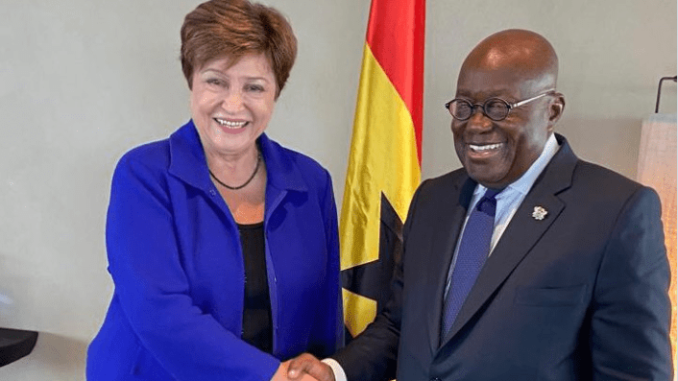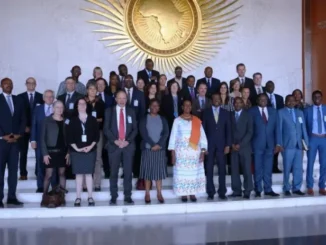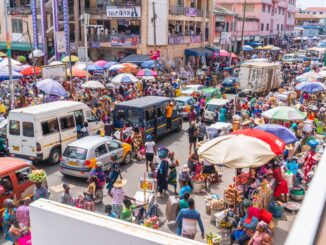
African countries are grappling with mounting debts to the International Monetary Fund (IMF), with ten nations emerging as the most indebted in Q4 2024. These debts reflect a significant reliance on external financing to address fiscal challenges, particularly during economic crises.
IMF loans offer financial relief but often come with stringent conditions, including subsidy cuts, currency adjustments, and austerity measures. While intended to stabilize economies, critics argue these policies strain public investments in healthcare, education, and infrastructure, raising concerns about long-term economic sustainability.
Here are the top 10 African countries with the highest IMF debt as of December 2024:
- Egypt: Leading with $9.45 billion in IMF credit, Egypt faces ongoing struggles to stabilize its fiscal and economic outlook. The country’s reliance on IMF funding highlights the challenges it faces in addressing its fiscal and economic stability.
- Kenya: At $3.02 billion, Kenya continues reforms aimed at managing debt while fostering growth. The country grapples with economic reforms aimed at boosting growth while managing its debt obligations.
- Angola: Owes $2.99 billion, relying on IMF support to counter oil price fluctuations and diversify its economy. The nation relies on IMF support to navigate the effects of fluctuating oil prices and diversify its economy.
- Ghana: With $2.25 billion in debt, Ghana focuses on currency stabilization and economic resilience. The country is focused on meeting its financial obligations while implementing policies to stabilize its currency and improve economic resilience.
- Côte d’Ivoire: Utilizes its $2.19 billion debt to sustain development and infrastructure projects. The country’s financial strategy includes leveraging international funds to sustain its infrastructure and development projects.
- Democratic Republic of Congo (DRC): Holds $1.6 billion in debt, essential for managing economic challenges in a resource-rich nation. These funds are crucial for addressing economic challenges in one of Africa’s largest and most resource-rich nations.
- Ethiopia: Owes $1.31 billion while balancing reforms and recovery from internal conflicts. The country is navigating economic reforms and recovery efforts while addressing internal conflicts that have impacted its economic trajectory.
- South Africa: At $1.14 billion, South Africa aims for economic recovery and sustainable growth. This is part of broader efforts to recover from economic disruptions and achieve sustainable growth.
- Cameroon: With $1.13 billion in debt, Cameroon strengthens its fiscal framework and supports key sectors. The country’s outstanding debt reflects its ongoing engagement with the IMF to strengthen its fiscal position and support key sectors.
- Senegal: Uses its $1.11 billion debt to drive development and economic stability. The country’s focus is on leveraging these funds for development initiatives and economic stability.
The growing reliance on IMF funds underscores the complex trade-offs African nations face between addressing immediate fiscal needs and pursuing sustainable development goals. Critics argue that these structural adjustment programs constrain spending on critical sectors like healthcare, education, and infrastructure, raising concerns about debt sustainability and economic resilience.



